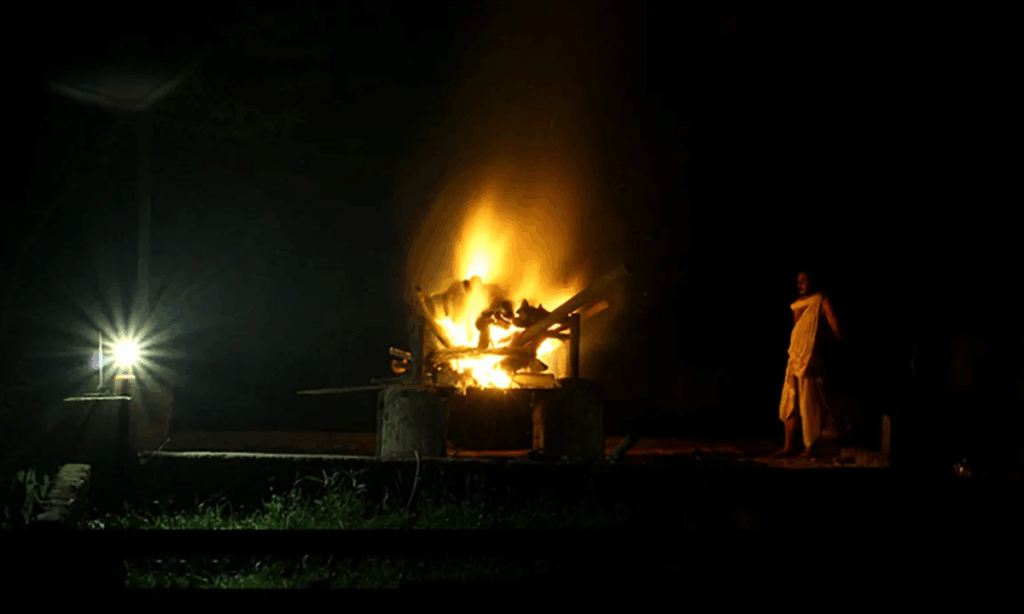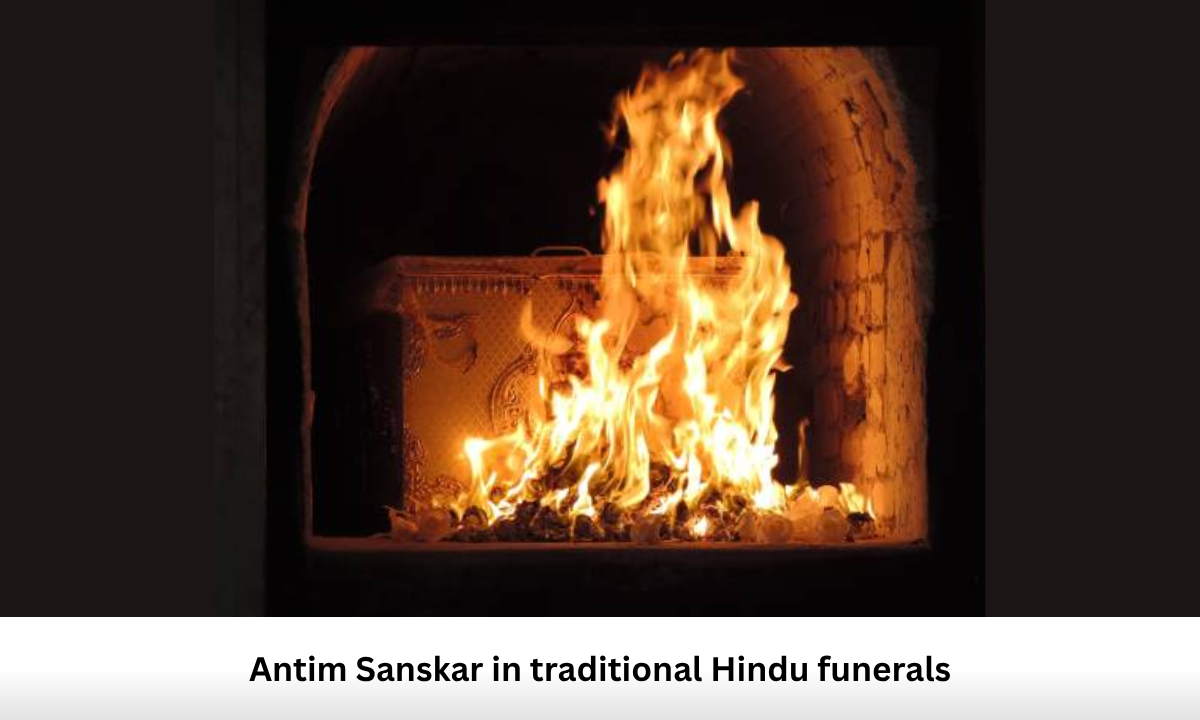Antim Sanskar is one of the most sacred rituals in Hinduism. It marks the final rites performed for a departed soul. Rooted in tradition, these rituals are a way to honour the deceased while guiding the soul toward peace. Hindu death rituals are not only religious duties but also acts of love and remembrance. With the help of organised Funeral service providers in India, families can follow these customs smoothly while focusing on their grief.
In this blog, we will explore the Antim Sanskar meaning, the different Antim Sanskar rituals, and the ceremonies after death, including the 11th, 12th, and 13th day death ceremony. We will also explain why each ritual matters in keeping spiritual and cultural traditions alive.
By the end, you will see how these practices form a bridge between devotion and closure.
Antim Sanskar Meaning in English

The phrase Antim Sanskar translates to “final rites” in English.
It represents the last sacred duty that family members perform for a loved one. It is believed to purify the soul and help it move forward in its journey beyond life. This ritual is not just about bidding farewell. It is about helping the soul detach from the physical body and find peace.
The Importance of Hindu Death Rituals
Hindu death rituals are deeply spiritual. They symbolise respect for the dead and acceptance of the cycle of life and death. The body is seen as temporary, but the soul is eternal. These rituals guide the soul while also helping family members process grief. Each step, from cremation to the shraddha ceremony, has both symbolic and emotional meaning.
Key Antim Sanskar Rituals
The Antim Sanskar rituals begin soon after death and continue for days. Each step has a purpose in supporting the soul’s journey.
| Ritual | Purpose |
|---|---|
| Cremation | Purifies and releases the soul from the body |
| Asthi Visarjan | Immersing ashes in a holy river to unite with nature |
| Pind daan | Offering rice balls to provide peace to the soul |
| Shraddha ceremony | Performed to honour ancestors and seek blessings |
These steps create a sacred path that leads the soul from death to liberation.
The Hindu Death Ceremony
The Hindu death ceremony usually begins with cremation. Family members gather to light the pyre or, in modern times, choose an electric cremation. The fire is seen as a purifier, carrying the soul forward.
After cremation, rituals like Asthi Visarjan are performed. The ashes are collected and immersed in sacred rivers, symbolising the merging of the soul with nature.
The 11th, 12th, and 13th Day Ceremonies
In Hinduism, rituals continue for days after death. These ceremonies mark important stages of the soul’s journey.
- After death 11th day ceremony, A cleansing ritual is done to purify the family and environment.
- 12th day after death ceremony: Offerings and prayers are made for the peace of the departed.
- 13th day death ceremony: Known as the “final purification.” It includes the shraddha ceremony, where food is offered and blessings are sought.
These steps not only honour the deceased but also bring closure to the family.
The Role of a Funeral Director
In the past, family elders or priests guided the rituals. Today, a Funeral Director plays an important role. They arrange transport, coordinate the Hindu death ceremony, and organise materials needed for the rites. This allows the family to focus on grieving instead of logistics. With the support of Funeral services in India, families can ensure every ritual is performed with care and respect.
Tips for Families
- Consult a priest: They will guide you through the correct Antim Sanskar rituals.
- Plan in advance: Keep ritual materials ready to avoid last-minute stress.
- Focus on key rituals: If time is limited, ensure that at least cremation, asthi visarjan, and the shraddha ceremony are performed.
- Seek professional help: Services like Kaashimukthi ensure everything is arranged properly.
Final Thoughts
Antim Sanskar is not just a ritual. It is a sacred duty filled with love, faith, and meaning. From cremation to the 13th day death ceremony, each step has deep spiritual importance. With the guidance of Funeral services in India, families can honour traditions while coping with grief.
At Kaashimukthi, we believe in preserving these sacred customs while supporting families with compassion. By respecting Hindu death rituals and carefully guiding the Antim Sanskar rituals, we help families find both dignity and peace.
FAQs on Antim Sanskar and Hindu Death Rituals
1. What does Antim Sanskar mean in English?
Antim Sanskar means “final rites” in English. It is the last sacred ceremony in Hinduism, performed to honour the deceased and help the soul attain peace.
2. Why are Hindu death rituals important?
Hindu death rituals are important as they honour the departed, guide the soul’s journey, provide closure for the family, and preserve cultural and spiritual traditions passed down through generations.
3. What is done on the 13th day death ceremony?
On the 13th day, families perform cleansing rituals, pind daan, and the shraddha ceremony. These sacred acts bless the departed soul and ensure its peaceful spiritual transition.
4. What is Asthi Visarjan?
Asthi Visarjan is the ritual immersion of ashes in a holy river. It symbolises returning the body to nature while freeing the soul for its onward spiritual journey.
5. Can Funeral services in India help with rituals?
Yes. Funeral services in India support families by arranging priests, samagri, transport, and spaces for Antim Sanskar, Asthi Visarjan, and shraddha ceremonies, ensuring rituals are performed smoothly and respectfully.

Madhu is an Entrepreneur, a Mentor, a Writer and an Aspiring Car Race Driver. He is Deeply passionate about leveraging Technology and Human Centred Design to make complex care and End of Life Planning easier. With the ultimate aim of Improving the quality of Life in the Twilight years. Madhu is highly educated and Alumni of IIM-Bangalore, Sikkim Manipal University and Bangalore University besides a Rich Industry Experience in the field of Product Management, Design, Supply chain, Finance, Commercial Management and Funeral Services.

